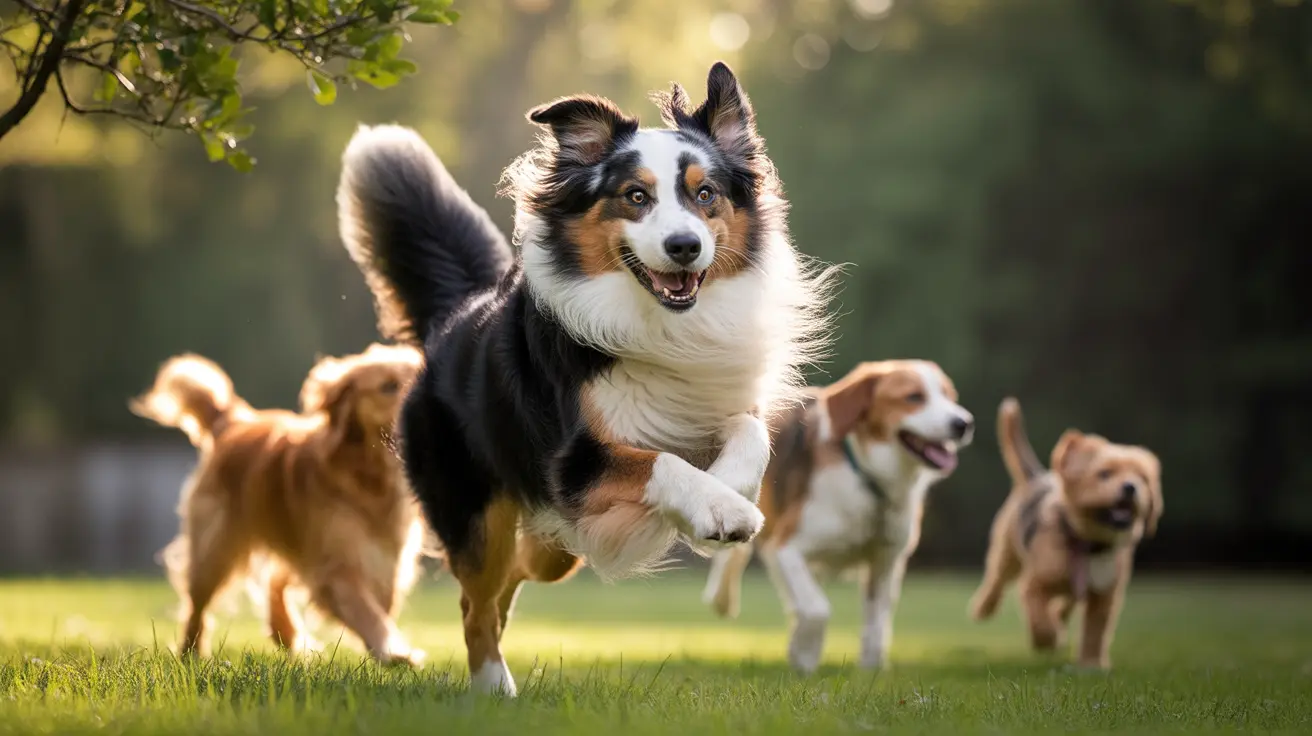What Are Police Dogs Trained To Do?
Police dogs, often called K-9s, play a vital role in modern law enforcement. These highly skilled animals aren't just pets with badges; they're rigorously trained partners who help officers with a wide range of tasks that humans can't easily accomplish alone.
Main Roles of Police Dogs
K-9s are classified according to their primary duties. Each role requires specialized training and a unique set of skills:
- Patrol (General Purpose): These dogs protect officers, apprehend suspects, search buildings or areas for hidden people or evidence, and provide security in sensitive locations. They're often trained to bite and hold dangerous suspects but only act on their handler's command. Their presence alone can deter resistance or escape attempts.
- Detection: Some K-9s specialize in sniffing out narcotics or explosives—never both at once, since they can't communicate which they've found. Detection dogs work in airports, border crossings, large events, vehicles, and sometimes military settings where they may even locate landmines.
- Tracking/Search & Rescue: Using their extraordinary sense of smell, these dogs find missing persons, disaster victims, or even deceased remains. They can cover vast areas quickly and detect people underwater or buried beneath debris.
The Training Process
Training a police dog is no small feat. It starts with selecting the right dog—usually between 1.5 to 3 years old—based on traits like drive, focus, temperament, and working ability. Handlers must also be experienced officers who undergo a competitive selection process themselves.
The initial training phase lasts several weeks to months and covers:
- Obedience: Dogs must respond instantly to commands, which are often given in the language the dog was first trained in (like German or Dutch).
- Detection: Learning to identify specific scents such as drugs or explosives.
- Apprehension: Safely biting and holding suspects until backup arrives.
- Handler Protection: Defending their partner if threatened.
This isn't a one-and-done process; maintenance training continues throughout the dog's career with daily practice on patrol and weekly dedicated sessions. Detailed training records are kept for legal reasons.
K-9 Life On And Off Duty
K-9s usually live at home with their handler's family when off-duty. They're well cared for—rested in kennels or designated areas so they're always ready for action—and handlers are responsible for their health and happiness. When it's time to retire (typically after six to nine years), most K-9s stay with their handler as beloved pets.
Duties In Detail
The daily life of a police dog varies based on its specialty:
- Narcotics/Explosives Detection: Searching vehicles, luggage, buildings—anywhere illegal substances or dangerous materials might hide.
- Apprehension & Patrol: Chasing down fleeing suspects or protecting officers during tense situations.
- Evidence Search: Locating items discarded by criminals at crime scenes.
- Search & Rescue: Scouring forests after disasters or tracking lost children through neighborhoods.
K-9s are also trained not to be distracted by other animals and must be socialized so they're safe around families but courageous on duty. Their diets are high-protein for stamina; regular grooming and veterinary care keep them fit for service.
The Cost Of A Police Dog
The investment is significant: purchasing a trained K-9 can cost $8,000–$45,000 plus $10,000–$13,000 for initial training. Ongoing expenses include equipment (like harnesses), food, medical care, maintenance training—and sometimes retirement benefits for medical costs later in life. Funding comes from police budgets, grants, or community donations.
The Human-Animal Bond
K-9s aren't just tools—they're valued partners who often receive honors if injured or killed in the line of duty. Many jurisdictions treat harming a police dog as a serious crime with stiff penalties.
A Few Common Questions Answered
- K-9s go home with handlers and live as both work partners and family members.
- Their working life ends when age or injury makes duty unsafe; most retire after seven to nine years of service.
- K-9s come from specialized breeders focused on working ability rather than breed alone; popular breeds include German Shepherds and Belgian Malinois but others may be used for detection roles.
Police dogs make law enforcement safer and more effective every day through their dedication and unique abilities—a testament to the enduring partnership between humans and canines.





